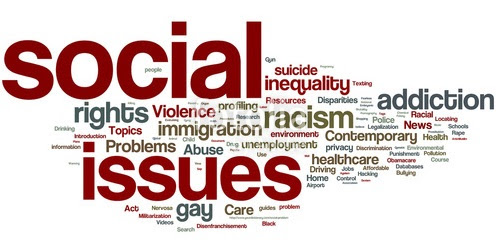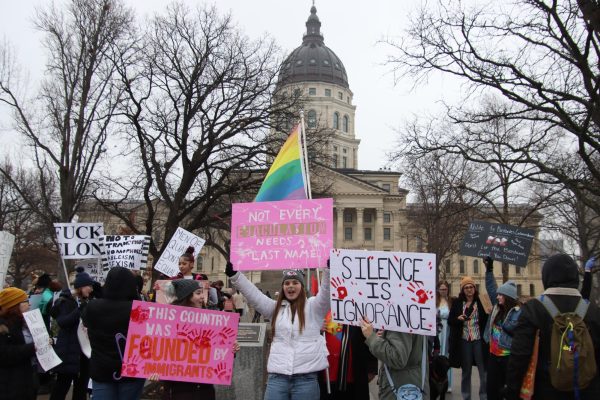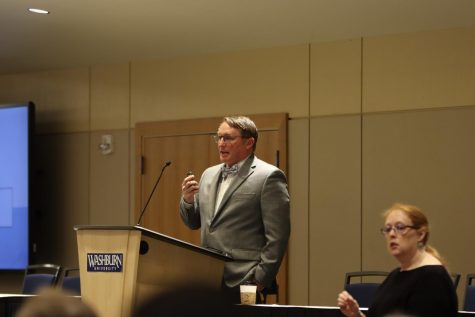Social issues prove to have negative affects on Kansans

Social problems are prevalent in many countries, regardless of their status in the world. Two Washburn professors provided insight on the social issues that currently affect our society, our communities and our state.
Social issue are defined as social problems that have a negative impact on society.
There are various types of social issues. Poverty, inequality, discrimination, crime, unemployment, substance abuse, domestic violence and mental health issues, as well as numerous other issues are examples of social problems. They can be caused by a variety of factors such as politics, culture, economics, health and education problems.
Some of the common social issues of Kansas are briefly described below:
Drug abuse is one of the most serious social issues in Kansas. From 2015 to 2021, drug use in Kansas increased by 52.5%, from 323 to 680. According to the Provisional Drug Overdose Data , Kansas has experienced the second highest percentage increase in drug overdose deaths in the United States.
According to Tonya Ricklefs, associate professor and chair of social work, the rate of cases is growing day by day because of curiosity, stress, self-medication, lack of parental care, trauma and many more, but everyone has their reason for using drugs.
Another most significant social problem in Kansas is mental illness. According to a new report, Kansas ranks last in the United States in terms of mental health because of high rates of mental illness and barriers to care.
The report, which was largely based on data from 2019 and 2020, discovered that 9% of Kansas youth had a substance use disorder, which is more than any other state in the nation. Over a quarter of adults had a mental illness and over 6% had serious suicidal thoughts. Both are far above national averages.
“When people lack resources that are supported in life and community then they start to overthink and overreact which causes them to suffer from mental issues,” Ricklefs said.
Violent crime, property crime, gun violence and package theft is more common in Kansas than other states.
According to the most recent FBI data— Crime in the U.S., Kansas City, Kansas, has a total crime rate of 5,705.4 per 100,000 people. That is 143.20% higher than the national rate of 2,346.0 people per 100,000.
“I think most of the crime rates are increasing due to the shortage of law enforcement officers. The more we limit our recruitment, the fewer people become eligible for the position and we have shortage of people,” said Amy Memmer, associate professor and chair for criminal justice and legal studies at Washburn University.
Similarly, another major issue in Kansas is homicide. The Study (wibw.com) found that Kansas City saw the highest jump in homicide cases out of the largest cities in the nation in 2022.
Kansas City had the highest homicide rate, with a total score of 87.49%. In the third quarter of 2022, there were 14.86% homicide cases per capita, which is approximately 4.89% more than in 2021 and 2.04% more than in 2020.
“I think the homicide case is increasing because we have law enforcement officers and they are reacting and doing their wonderful job, but we need them to be more proactive rather than reactive to prevent any kind of homicide from happening in the first place,” Memmer said.
These types of problems are linked to one another and the main issue that triggers these instances involves mental health. Ricklefs and Memmer both believe that the issues are leaving its impact on Washburn students as well. Washburn should educate students on the social problems that could cause them problems in the future.
Edited by LeSha’ Davis and Glorianna Noland
Your donation will support the student journalists of Washburn University. Your contribution will allow us to purchase equipment and cover our annual website hosting costs.













